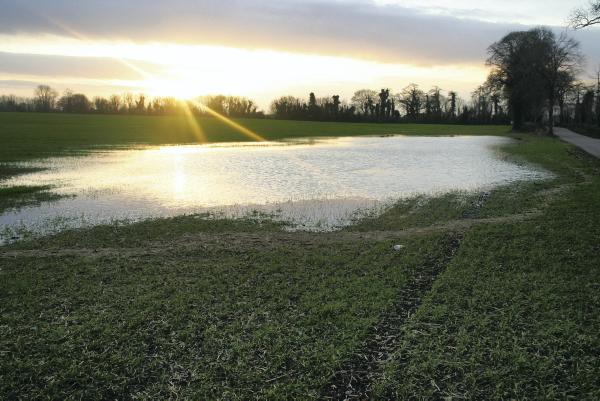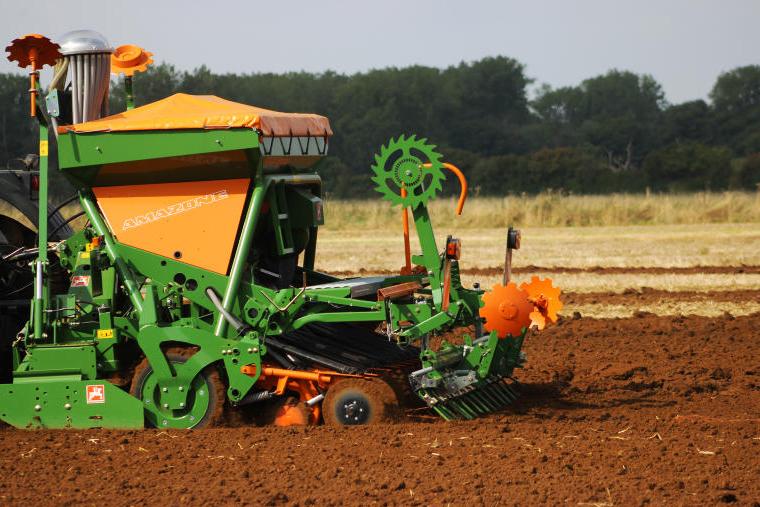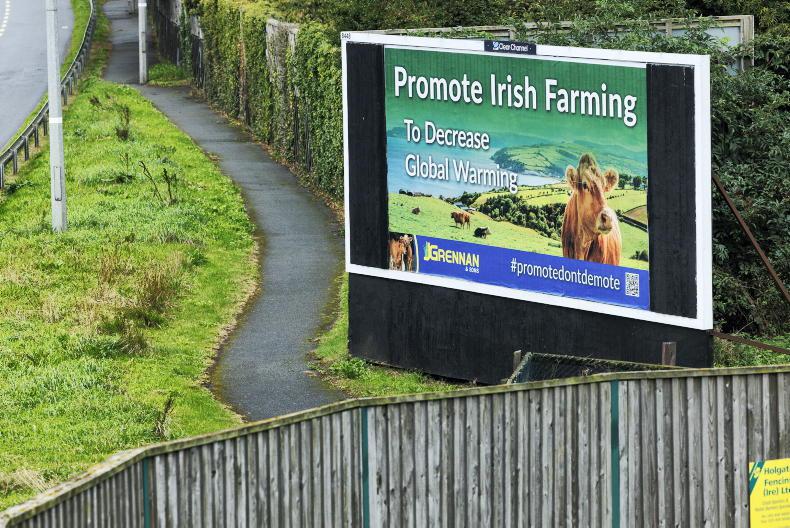What a change: Land is wet and generally not trafficable now. Indeed, it could yet prove difficult or impossible to get the last of the potatoes out, and it is even problematic to get maize harvested.
From what looked like being a dry year now seems set to get close to the 30-year rainfall average. November rainfall has been substantial, with most places (except the south east) getting over 40mm in the past week alone. Air temperatures have taken a dip, but soil temperatures in most tillage areas are over three degrees above normal for the past week. Ponds have appeared in fields and rivers have burst their banks in places.
Pests: Winter is with us but you still need to keep an eye out for pests. Slugs have been reawakened by the wet soil conditions. Rabbits are leaving their mark in some fields. Pigeons have begun to attack rape in places also. And watch for crows feeding on crops that are at either side of emergence. And the mild conditions do not guarantee to prevent aphid activity, so you might still need to take some action against them. Getting an opportunity to travel could be the biggest challenge.
Market messages: Prices remain depressed and there is little doubt that it will take a significant global weather event to rock production and help prices. However, it is important to be aware that when grain stocks are high there is less likely to be a big jump in prices in the first low-yield season. It often takes a second year to magnify the jump.
So the prospect of a poor yield year along with poor prices is a real threat. We must be aware of this and be cost and market aware. Prospects for 2016 were reasonable up to recently with a few instances where €190/t for dry wheat for November or €160/t green were available. But these only apply for a few hours on some days, so you need to be in contact with your merchant if you are interested in selling forward. These same prices were available during the year for this harvest and they looked relatively good by the time harvest came.
Aphids: Aphicides might still be applied to fields in high risk areas that are not already covered against aphids. This might mean a crop that has not received a spray in the past four to six weeks. Crops that emerged since late October would not normally need to be treated, but there could be added risk this year.
Planting: There may be very little opportunity to plant from now on, and the risk of poor establishment is high. This might even apply to winter beans this year. No seed can survive long in waterlogged seedbeds, especially when soil temperature is relatively high.
Crows would be a real threat if you plant at this time of year, so that is an added hassle.
What a change: Land is wet and generally not trafficable now. Indeed, it could yet prove difficult or impossible to get the last of the potatoes out, and it is even problematic to get maize harvested.
From what looked like being a dry year now seems set to get close to the 30-year rainfall average. November rainfall has been substantial, with most places (except the south east) getting over 40mm in the past week alone. Air temperatures have taken a dip, but soil temperatures in most tillage areas are over three degrees above normal for the past week. Ponds have appeared in fields and rivers have burst their banks in places.
Pests: Winter is with us but you still need to keep an eye out for pests. Slugs have been reawakened by the wet soil conditions. Rabbits are leaving their mark in some fields. Pigeons have begun to attack rape in places also. And watch for crows feeding on crops that are at either side of emergence. And the mild conditions do not guarantee to prevent aphid activity, so you might still need to take some action against them. Getting an opportunity to travel could be the biggest challenge.
Market messages: Prices remain depressed and there is little doubt that it will take a significant global weather event to rock production and help prices. However, it is important to be aware that when grain stocks are high there is less likely to be a big jump in prices in the first low-yield season. It often takes a second year to magnify the jump.
So the prospect of a poor yield year along with poor prices is a real threat. We must be aware of this and be cost and market aware. Prospects for 2016 were reasonable up to recently with a few instances where €190/t for dry wheat for November or €160/t green were available. But these only apply for a few hours on some days, so you need to be in contact with your merchant if you are interested in selling forward. These same prices were available during the year for this harvest and they looked relatively good by the time harvest came.
Aphids: Aphicides might still be applied to fields in high risk areas that are not already covered against aphids. This might mean a crop that has not received a spray in the past four to six weeks. Crops that emerged since late October would not normally need to be treated, but there could be added risk this year.
Planting: There may be very little opportunity to plant from now on, and the risk of poor establishment is high. This might even apply to winter beans this year. No seed can survive long in waterlogged seedbeds, especially when soil temperature is relatively high.
Crows would be a real threat if you plant at this time of year, so that is an added hassle.










SHARING OPTIONS